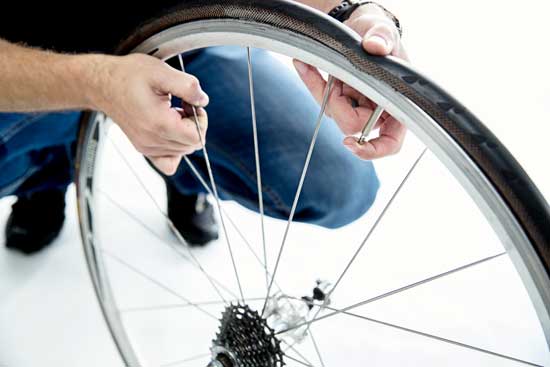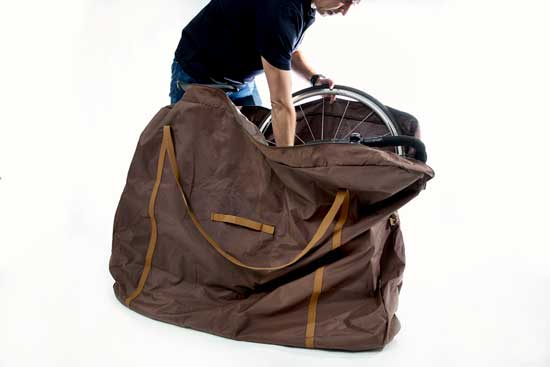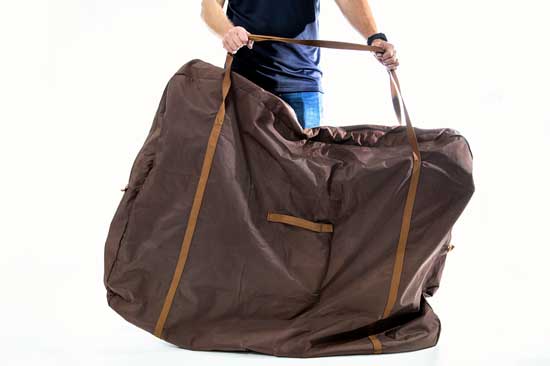Flying With Your Bicycle
March is cycling month in the Western Cape, and the historic Cape Town Cycle Tour will once again draw over 30 000 cyclists to this scenic Cape race. This year, the competition will take place on the 8th of March 2020. FlySafair welcomes the thousands of cyclists on board who will be making their way down to the Cape to take on the 109km challenge. Before the sweating starts, you need to plan your trip and transporting your bicycle is, of course, a key factor.
At FlySafair we are more than happy to transport your bicycle with you. When making your reservation, be sure to include special luggage onto your booking. Here are some tips and tricks from FlySafair to make sure you get all the equipment you need to Cape Town on time and in one piece.
We fully support the transportation of sports equipment all year round. Whether you’re a novice or riding in your tenth tour, cyclists can rest assured that FlySafair will get you and your bicycle to your destination in peak condition — leaving you to focus on your ride. Goodluck cyclists!
How to pack your bicycle
Firstly, you need to have good packaging around your bicycle. However, to get your bicycle packed into your box, fibreglass case or bicycle bag, you will need to disassemble your bicycle so that it fits the required dimensions. FlySafair’s maximum dimensions allowed for all sporting equipment is 190 x 75 x 65 cm. No wrapped bicycles will be allowed. We handle all luggage with the utmost of care, but we do use tools such as conveyor belts, so to keep your bicycle in peak racing condition it is best to use some padding.

Step 1
Remove both wheels and put spacers in the fork where the tyres were. This prevents them from getting bent while the tyres are off.

Step 2
Partially deflate the tyres to accommodate air pressure differences in the aircraft and from altitude differences between the highland and the coast.

Step 3
It is best to remove the saddle and turn the handlebars so that they are parallel with the frame, remove the peddles and deflate your tyres slightly. Take the front wheel off, and it should fit perfectly! We do recommend using some bubble wrap, piping insulation foam or even cutting a pool noodle in half to protect your frame, pedals and secure any flexible parts.

Step 4
Pack in the wheels in their bags designated pockets.
Do not include any valuable electronic equipment, your helmet, cleats and pedals in the bicycle packaging and the fully packed bag must not weigh more than 32 kg.
Pressurised gas canisters or “CO2 Bombs” are classified as a dangerous good in terms of the Civil Aviation Regulations. Only two gas canisters will be accepted per passenger and must be checked in before your flight.

Step 5
Remember, bags checked in at the airport are required to pass through the hands of several service providers in the airport environment. Because there are many parties involved, airlines take limited responsibility for checked baggage.
To give our customers peace of mind, FlySafair has created a solution that provides customers with comprehensive cover in the unlikely instance something goes wrong. For a fee of only R13, you can cover your Sports Equipment for up to R10,000. This cover includes theft or damage to checked-in items, as well as any damage to the bag itself. Cyclists whose bicycles exceed the maximum cover offered by FlySafair are strongly encouraged to have comprehensive personal insurance to cover the full value of their bicycle.
Check Out the Airport Process of Flying With Your Bicycle
See the journey you and your bicycle will take through the sky to your next cycling adventure.
